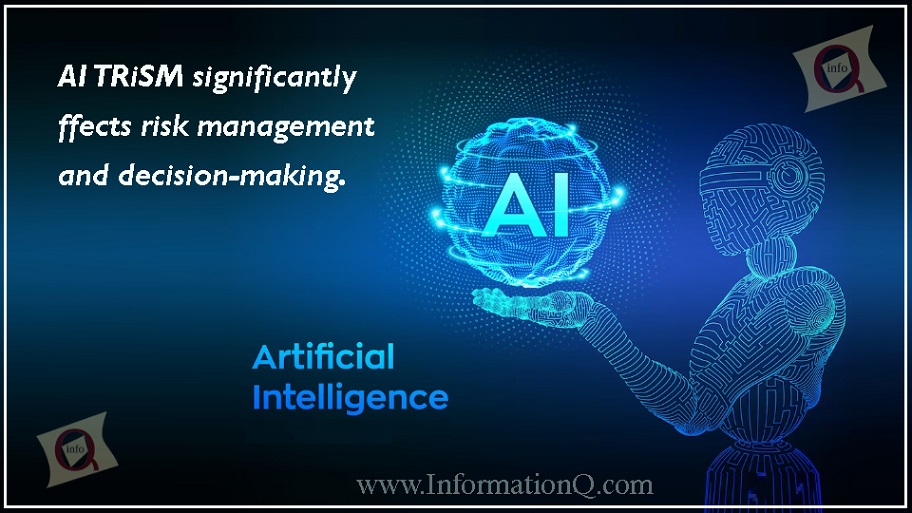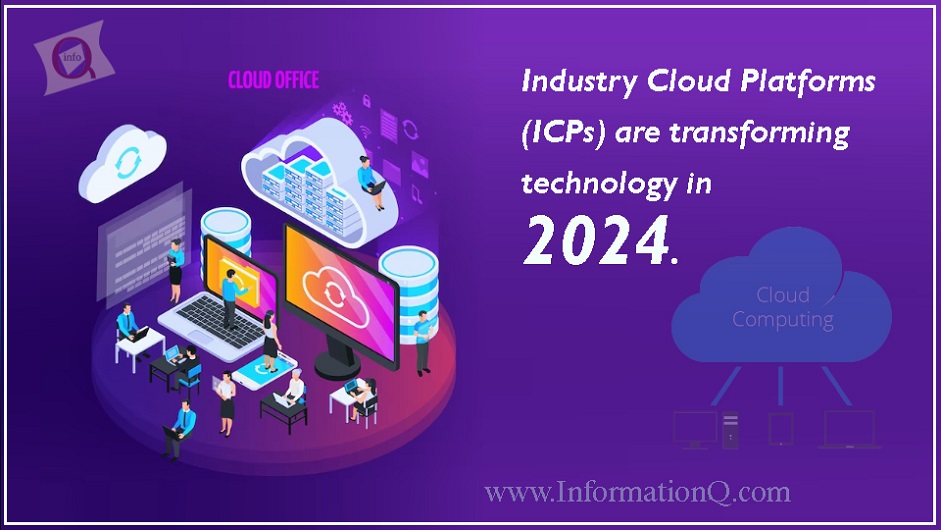Technology is changing rapidly and in new ways in 2024. This progress is about a fundamental change in how technology integrates into every part of our lives, not simply new devices.
Tech enthusiasts and everyone else must keep up with these developments. Understanding these tendencies may help us adapt, take opportunities, and overcome obstacles.
We’ll explore 2024’s top technological trends, transforming industry, everyday life, and digital engagement. Each trend promises a more connected and efficient future, from AI and quantum computing to sustainable technology and digital health.
AI Trust, Risk, and Security Management (AI TRiSM):
AI TRiSM will become a major technological trend in 2024. AI TRiSM is a comprehensive framework for safe and ethical AI model usage. This safe foundation for AI includes data encryption, secure storage, and multi-factor authentication, resulting in more accurate AI results.
AI TRiSM significantly affects risk management and decision-making. Businesses may use AI for growth, efficiency, and customer satisfaction by assuring model dependability and security. This system automates consumer data analysis to find patterns and product and service improvements.

Businesses and consumers face significant consequences. As AI ethics and data privacy concerns rise, AI TRiSM solves them. It includes fair model monitoring, lifecycle AI model management, AI application security, and data privacy. This is crucial in sensitive data-processing industries like healthcare.
Quantum Computing and Cryptography:
Quantum computing and cryptography will progress, making it a key year. Quantum computing, which can process information at extraordinary rates, is making progress but also generating worries about cryptographic system security. Post-quantum cryptography (PQC) is vital here.
PQC usage in digital systems before standardization is a noteworthy step in this approach. This software-based method protects data against quantum assaults and works with traditional systems. Web browsers, operating systems, libraries, and corporations are integrating PQC for post-quantum data security.
Hyperautomation:
Hyperautomation, which integrates RPA, BPA, ML, AI, and Process Mining, is a major trend in 2024. Hyperautomation uses these technologies to automate and simplify complex commercial procedures, enhancing productivity and decision-making.
The combination of AI, IoT, and 5G/6G networks drives hyper-automation. Continuous learning and adaptation by AI and ML algorithms provide real-time process adjustments. Businesses need this agility to be competitive and respond quickly to market developments. Hyperautomation uses IoT data to improve decision-making and operations.
Industry Cloud Platforms (ICPs):
Industry Cloud Platforms (ICPs) are transforming technology in 2024. These systems combine SaaS, PaaS, and IaaS for specialized sectors. ICP customization and scalability improve operational efficiency and business agility by allowing enterprises to adjust these platforms to their requirements.
ICPs have changed cloud services from general to tailored ones that meet industrial needs. Demand for more targeted and practical solutions to meet the needs of healthcare, finance, manufacturing, and retail is driving this trend.



Sustainable Technology:
In 2024, sustainable technology leads tech breakthroughs with eco-friendly solutions to decrease environmental impact and promote sustainability. Concerns about AI, cryptocurrencies, and the ecological impact of the energy usage of cloud computing are driving this trend toward sustainable innovation.
Green tech projects include energy-efficient data centers, renewable energy utilization in tech operations, and eco-friendly product and material design. These projects are part of a larger effort to produce digital solutions that promote long-term ecological balance and human rights aligned with ESG goals.
Digital Health and Telemedicine:
Digital health platforms and telemedicine services are transforming healthcare by allowing patients to get treatment from anywhere. This change has improved healthcare access, particularly in rural regions. These technologie give doctors more significant access to patient data and medical histories, enabling individualized treatment strategies.
Wearable technological advances and AI diagnostics also contribute to this trend. Wearable technologies are becoming increasingly advanced and can monitor various health indicators in real time, providing critical data for early diagnosis and chronic illness treatment. AI-powered diagnostic tools improve accuracy and efficiency, enhancing patient care.
Conclusion:
Businesses and people must adapt to these developments. Staying educated and agile will help you take advantage of these improvements and overcome their hurdles. Success in a digital age will depend on adapting and integrating these technologies.
Leave a Reply